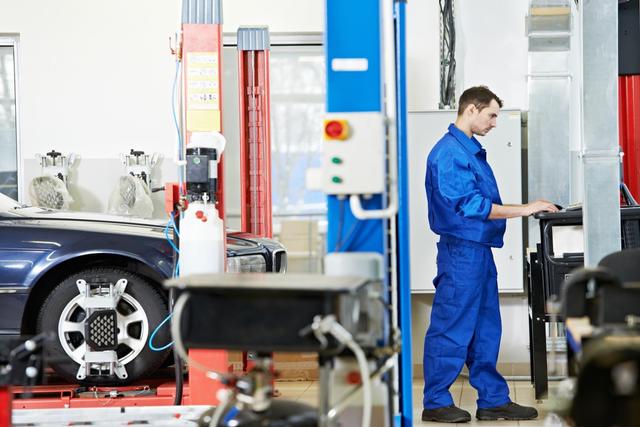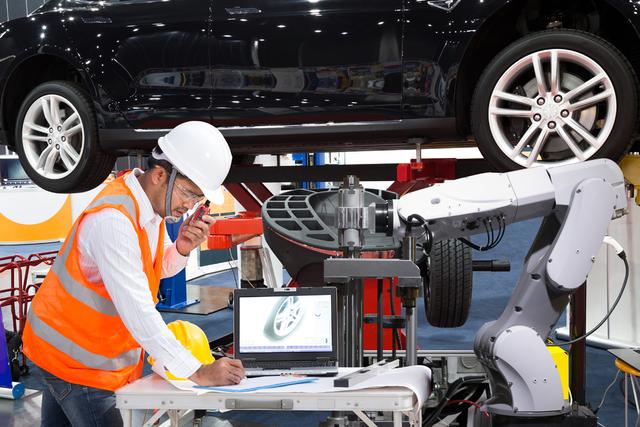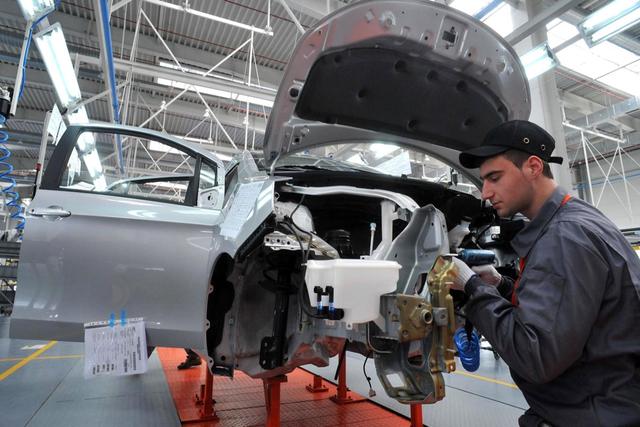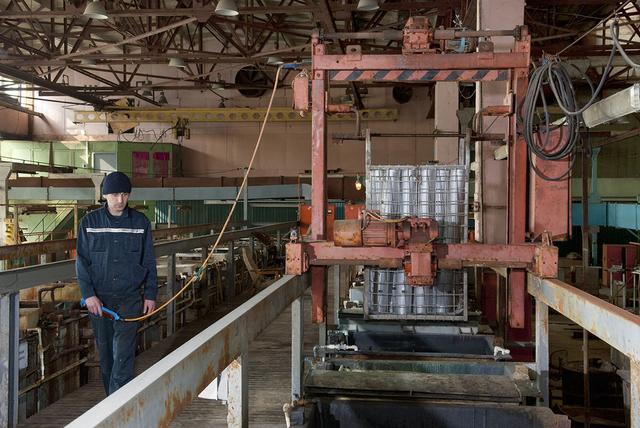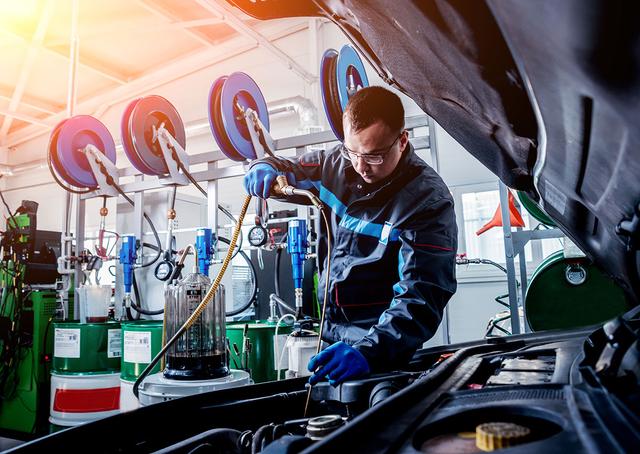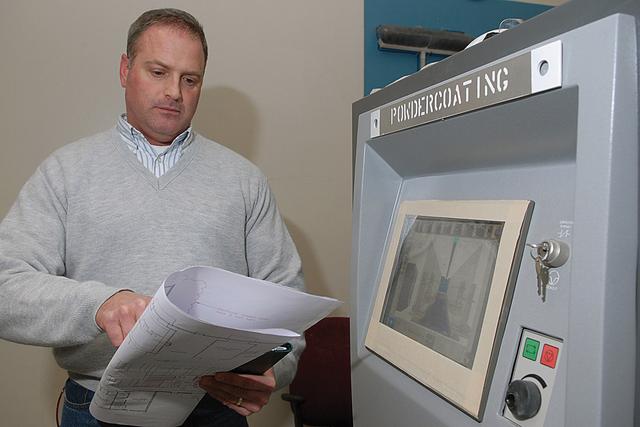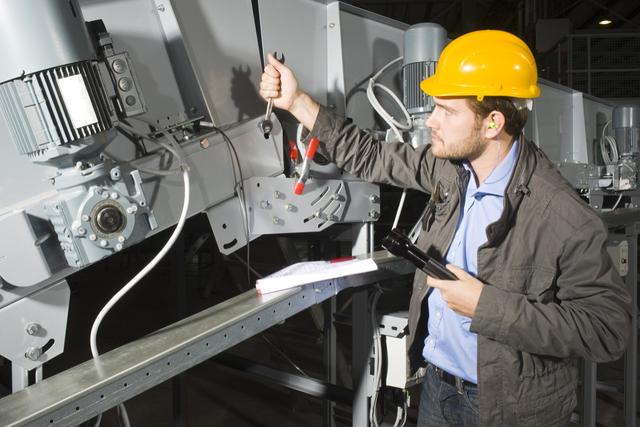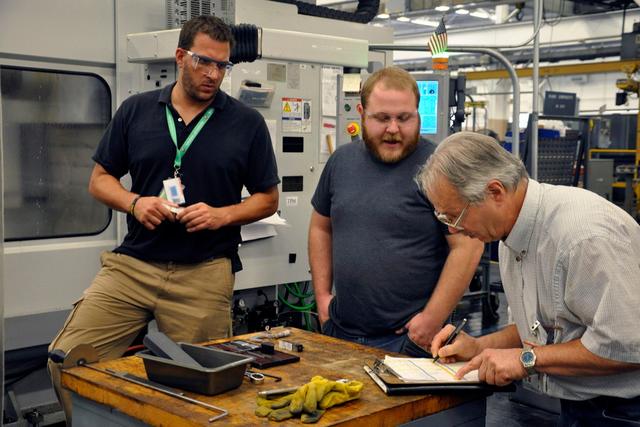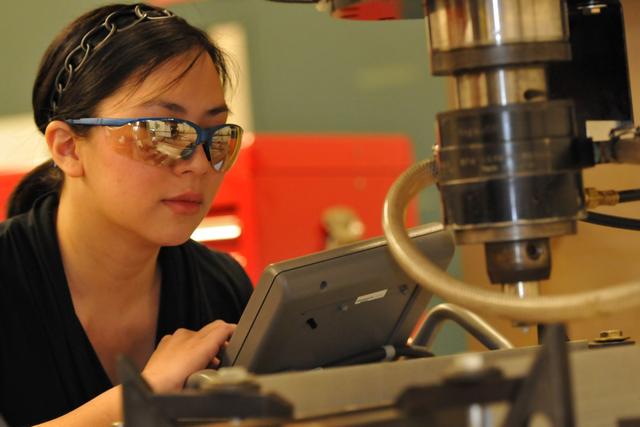Automotive Manufacturing

Overview
As of 2019, approximately 276 million vehicles were registered in the United States. Americans have come to equate owning a vehicle with freedom—freedom to travel, work, and enjoy leisure activities. Since American families are often on the go, it is becoming more prevalent for families to own one car per parent, and one car for older children, so that they can transport other family members to activities and functions. All of this is made possible by the automotive manufacturing industry.
Making cars, motorcycles, trucks, and other vehicles is big business, but the automotive industry is also in the midst of many changes. The industry is made up of companies and workers who manufacture and deliver cars, trucks, and other vehicles to companies that sell them. Companies in the automotive industry fall into one of two primary segments: car manufacturers and car parts manufacturers. Today’s vehicles are more complex and involve many more parts and electronics than in years past. That has led to an increase in the number of parts manufactured by suppliers rather than manufacturers.
Since car manufacturing is expensive, there are smaller numbers of manufacturers in the industry. In the United States, there are three leading vehicle manufacturers: Ford, General Motors (GM), and Fiat Chrysler Automobiles. On a global basis, world leaders include Honda, Toyota, Nissan Motors, Volkswagen, and Hyundai.
The automotive industry began in the late 1800s, when German inventors Karl Benz and Gottlieb Daimler developed a gasoline-powered internal combustion engine. However, cars were expensive and did not attain a wide market until Henry Ford developed his assembly-line method for mass producing them. As more people began to own cars throughout the following 30 to 40 years, people began to view them as a necessity. Owning a car led to more freedom and options for those who owned them. They could work across town or in the next city. They could travel across t...





